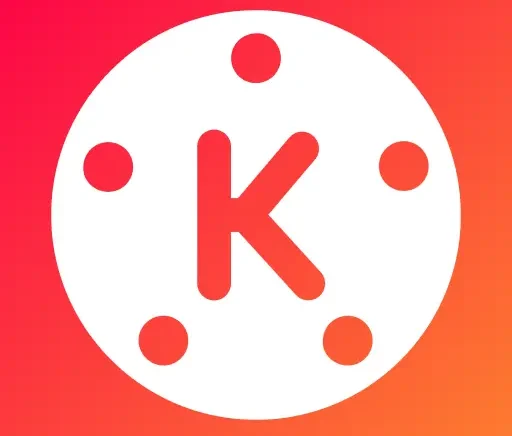 For decades, football has been seen through a narrow lens, where sound and sight dictated performance. But across the world, a quiet revolution is unfolding—one where players are thriving on pitches not in spite of their sensory challenges, but through them. In the world of deaf and blind football, a new wave of athletes is emerging, changing the face of the sport and proving that ability has no single definition.
For decades, football has been seen through a narrow lens, where sound and sight dictated performance. But across the world, a quiet revolution is unfolding—one where players are thriving on pitches not in spite of their sensory challenges, but through them. In the world of deaf and blind football, a new wave of athletes is emerging, changing the face of the sport and proving that ability has no single definition.
The rise of deaf and blind football: More than just a game
Football has long been celebrated as the “beautiful game,” but for many, the traditional format has excluded those with sensory disabilities. In recent years, however, inclusive adaptations have expanded the sport’s boundaries. Deaf and blind football have evolved from niche recreational activities to structured, competitive platforms that nurture talent and community.
From margins to mainstream: The journey of adaptive football
Deaf and blind football have existed in various forms for decades, but it wasn’t until the early 2000s that formal recognition began to solidify. Milestones such as the Blind Football World Championships and the Deaflympics have provided international stages where athletes can showcase their skill. These events marked the beginning of a broader movement toward inclusion, not just in football, but across all sports.
Support from organizations like the International Blind Sports Federation (IBSA) and the International Committee of Sports for the Deaf (ICSD) has led to more standardized rules, better equipment, and structured training environments. What started as community-led efforts have now grown into fully supported sports pathways, with many young athletes now dreaming of national team selections and global recognition.
Voices beyond sound, vision beyond sight
Adaptive football doesn’t just change who can play—it redefines how the game is played. In blind football, for example, the ball contains bells, allowing players to track its movement by sound. Goalkeepers are sighted and help direct defenders, while coaches and guides positioned behind goals communicate strategies during play. In deaf football, hand signals and visual cues replace verbal commands, requiring heightened visual awareness and nonverbal synergy among players.
These adaptations create a level of teamwork and communication that is uniquely complex. Players develop heightened senses, relying on touch, spatial awareness, and trust. The pitch becomes a place of silent cooperation or a symphony of subtle sounds, turning limitations into strengths.
New icons on the pitch: Stories of emerging stars
In many cases, their stories go beyond the game. These athletes are advocates for inclusion, mental resilience, and the power of sport to transform lives. Through their dedication, they challenge public perception and remind audiences that elite performance isn’t confined to conventional norms.
The power of representation: Why these athletes matter
Representation is about more than visibility—it’s about belonging. When deaf and blind players take the field, they do more than play; they signal to others with similar conditions that they too can compete, achieve, and be recognized. Their presence in sport disrupts stereotypes, encouraging more inclusive coaching, funding, and development programs.
The media has also begun to play a larger role in amplifying these voices. Documentaries, social media highlights, and features on mainstream platforms bring these athletes closer to the public eye. Brands have started to notice as well, offering sponsorship deals that further legitimize their presence in the sports world.
Must read: Socolive TV update football results 24/7
Spotlight on excellence: Profiles of game changers
Take for example a young midfielder from Brazil who, despite being born blind, now captains his national team. His tactical vision and leadership on the field have turned him into a local hero. Or the deaf goalkeeper from the UK whose reflexes and strategic command have led his club to back-to-back titles. These players are not just succeeding—they are leading.
Their journeys are often marked by significant obstacles, from lack of resources to social stigmas. Yet, their rise is a testament to perseverance and support systems that value inclusivity. In doing so, they are paving the way for future athletes to enter the game with fewer barriers and more ambition.
The global stage and Vietnam’s role in the movement
One of the platforms contributing to this visibility is Xoi Lac TV, known for freely livestreaming football content. While its primary focus is on mainstream matches, the platform has indirectly fostered a culture of football appreciation that supports all forms of the game, including those led by disabled athletes.
In Vietnam and other Southeast Asian nations, the integration of deaf and blind players into local sports networks is slowly taking shape. Collaborations with NGOs and education-based initiatives are helping scout and train young talent from schools for the disabled. These programs aim not only to teach football skills but to build confidence, independence, and community among participants.
The challenge lies in shifting public perception and increasing state support. With continued investment and storytelling that celebrates success over sympathy, the region could soon become a hotspot for emerging stars in disability football.
Conclusion
Football is often called the world’s game, and thanks to deaf and blind athletes, it’s now more inclusive than ever. As they step into the spotlight, these silent sidelines are echoing louder than ever with resilience, skill, and the undeniable spirit of competition.






